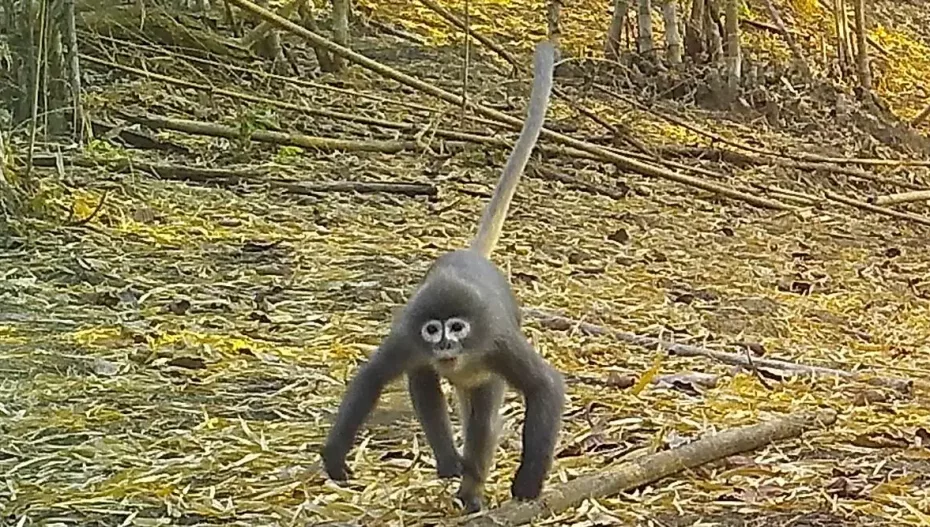The World Wildlife Fund’s (WWF) new report from the Mekong region identified 224 new species including the ghostly monkey.
These newfound species of Ghostly monkeys or the Popa langur live on the hillside of Mount Popa, which is an extinct volcano in Myanmar. First ever ghostly monkey was found in 2020 but the report delayed the process. The primate contains a ghostly white circle around its eyes, giving it the moniker.
The ghostly monkey was identified based on specimens from Britain’s Natural History Museum. The century-old specimens were critical in identification using bone matching technology. It is currently a candidate for critically endangered species on the International Union for the Conservation of Nature (IUCN) Red List. According to that report, only 200 to 250 members were reported in the wild.
WWF’s latest list highlights the presence of several new species including fish, plants, and reptiles. However, the ghostly monkey is the only mammal on the list. The list also showcases newly identified frogs, and 115 plant species. It also identifies a succulent bamboo species, only found in Laos.
Finding new species and identifying them is a task, there have been instances when genetic data is important for identifying new species. The report stated, “The new monkey species, Popa langur, was found based on genetic matching of recently gathered bones with specimens from Britain’s Natural History Museum collected more than a century ago.












